Tungsten Oxide Photocatalytic Degradation of Dye Pollutants
- Details
- Category: Tungsten's News
- Published on Thursday, 28 April 2016 15:10
- Written by Cristina
- Hits: 969
A WO3–graphene photocatalyst has been developed that can degrade the dye Rhodamine B almost completely in 15 minutes. This is much faster than the degradation times that can be achieved by bare WO3 or TiO2. The catalyst consists of a porous WO3 framework with a graphene film and is directly produced via electrospinning. The authors from China and the USA envision that this potent electrocatalyst can be used in environmental applications for the degradation of pollutants under visible light.

The superior properties of the photocatalyst can be explained by its components and structure. The WO3 nanoframework efficiently absorbs visible light due to multiple reflections in the pores. A rapid charge transfer to graphene takes place, which avoids charge recombination. Additionally, graphene nanosheets are exposed on the surface. This enables π–π conjugation between graphene and dyes leading to high adsorption rates of the substrate on the catalyst material. These combined properties lead to enhanced dye degradation via photocatalysis.
Scientists proposed that WO3–graphene composite can be used to address challenges in environmental remediation. In this context, they highlight that the facile preparation of the material via electrospinning is suitable for production on an industrial scale.
| Tungsten Oxide Supplier: Chinatungsten Online www.tungsten-oxide.com | Tel.: 86 592 5129696; Fax: 86 592 5129797;Email:sales@chinatungsten.com |
| Tungsten News & Prices, 3G Version: http://3g.chinatungsten.com | Molybdenum News & Molybdenum Price: http://news.molybdenum.com.cn |
Origin of Chinese HGV WU-14 Warhead
- Details
- Category: Tungsten's News
- Published on Wednesday, 27 April 2016 18:29
- Written by TungstenAlloy
- Hits: 1391
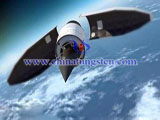
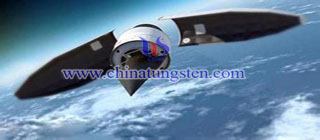
It was said that foreign media reported WU-14, a new Chinese hypersonic weapon speculated, had been tested 10 times the speed of sound super weapon by Chinese military on Jan. 9, 2014, whose purpose is to break the U.S. missile defense system.
China's Largest Sapphire Crystal Produced Promotes Tungsten Thermal Field Development
- Details
- Category: Tungsten's News
- Published on Tuesday, 26 April 2016 18:16
- Written by yiping
- Hits: 632

| Tungsten Metals Supplier: Chinatungsten Online www.tungsten.com.cn | Tel.: 86 592 5129696; Fax: 86 592 5129797;Email:sales@chinatungsten.com |
| Tungsten News & Prices, 3G Version: http://3g.chinatungsten.com | Molybdenum News & Molybdenum Price: http://news.molybdenum.com.cn |
Application of Tungsten Compounds to an Inhibitor against Bacterial Damage of Concrete
- Details
- Category: Tungsten's News
- Published on Tuesday, 26 April 2016 18:27
- Written by Cristina
- Hits: 2430
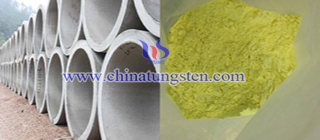
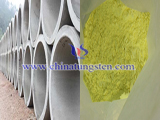
Atsunori NEGISHI, Terunobu MAEDA
Hazama Corporation.
Technical Research Institute.
Abstract
Read more: Application of Tungsten Compounds to an Inhibitor against Bacterial Damage of Concrete
Tungsten Oxide-- New Material of Concrete Antimicrobial and Anticorrosive in Sewer
- Details
- Category: Tungsten's News
- Published on Monday, 25 April 2016 17:36
- Written by chunyan
- Hits: 784
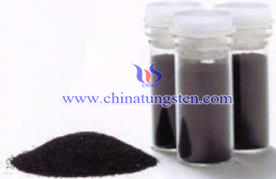 Sewer is the integral part of infrastructure in a city which plays an irreplaceable role in the living environment of safety, construction and comfortable. In recent years, the corrosion degradation has caused many social problems, such as the collapse of the road, and thus attracted widespread attention.
Sewer is the integral part of infrastructure in a city which plays an irreplaceable role in the living environment of safety, construction and comfortable. In recent years, the corrosion degradation has caused many social problems, such as the collapse of the road, and thus attracted widespread attention.| Tungsten Oxide Supplier: Chinatungsten Online www.tungsten-oxide.com | Tel.: 86 592 5129696; Fax: 86 592 5129797;Email:sales@chinatungsten.com |
| Tungsten News & Prices, 3G Version: http://3g.chinatungsten.com | Molybdenum News & Molybdenum Price: http://news.molybdenum.com.cn |





 sales@chinatungsten.com
sales@chinatungsten.com